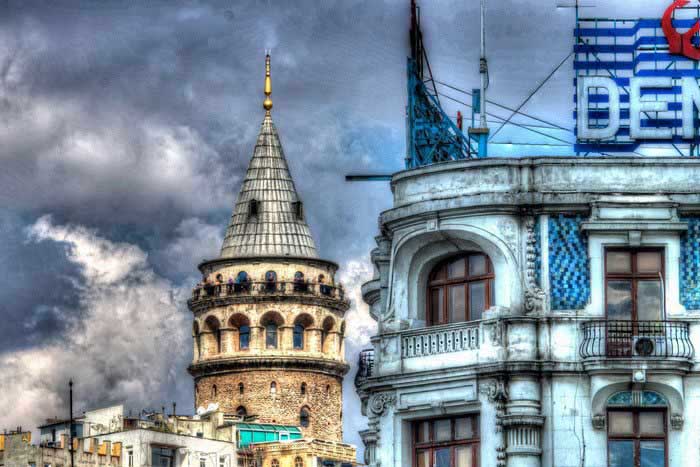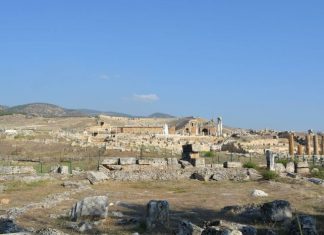The Commerce, Culture, and Faith Center of the Ancient World
Ephesus stands as the most precious legacy of the Hellenistic, Roman, and Byzantine civilizations—a city that thrived as the commerce, culture, and faith center of the ancient world. It remains the most important surviving among the twelve Ionian cities.
According to some sources, Ephesus was initially founded by Amazons, while others argue that it was established by Leleks or Carians. Some historical accounts suggest that human habitation in this region dates back to 5000 BC. Regardless of its origin, everyone agrees that the first city was built at the confluence of the Meander River (Kaistros) with the sea.
Ephesus, initially a significant center in politics and commerce, later transformed into a religious hub with the arrival of figures such as Virgin Mary, St. Jean, and St. Paul. Captured by the Romans in the 2nd century AD, the city prospered, reaching a population of around 250,000. Despite facing destruction from invasions and earthquakes, the city was consistently deemed holy by new migrants, with the Artemis Temple standing as a symbol of this holiness. However, the silting up of the harbor over time led to the city’s decline as a trading center.
In the 14th century, Ephesus was conquered by the Seljuks and later annexed to the Ottoman Empire in the 15th century The Magic of the Bosphorus.
Celsus Library
Where Wisdom, Character, Intelligence, and Knowledge Flourished
The Celsus Library, dedicated to the Asia Consul Julius Celsus Halemaeanus, was constructed during the reign of his son by the Roman Architect Vitruvius. This significant library featured a three-storey gallery with windows, allowing sunlight into the hall. Parchment papers were stored in brick shelves to protect them from sunlight and humidity. The library played a pivotal role in nurturing world-famous intellectuals and scientists. The four statues at the front of the edifice, representing “wisdom,” “character,” “intelligence,” and “knowledge,” embody the essence of Roman architecture. The original statues are currently exhibited in the Vienna Museum. The door at the back wall provides access to the tomb of Celsus, and a statue of Celsus is displayed in the Istanbul Archaeology Museum.
The Great Theatre Witness to History
One of Ephesus’s most important structures is the Great Theatre, built during the Hellenistic period and expanded during the periods of Claudius, Trajan, and Nero. With a capacity of 24,000 spectators Communist Bulgaria Tour, the theater was not only used for performances but also hosted gladiator contests. It played a role in the uprising of the people of Ephesus against St. Paul.
Remarkably, the Ephesus Theatre is still in use for contemporary performances. The dressing rooms in the front part of the theater continue to serve as a dressing place for artists participating in the “Ephesus Festival.”








